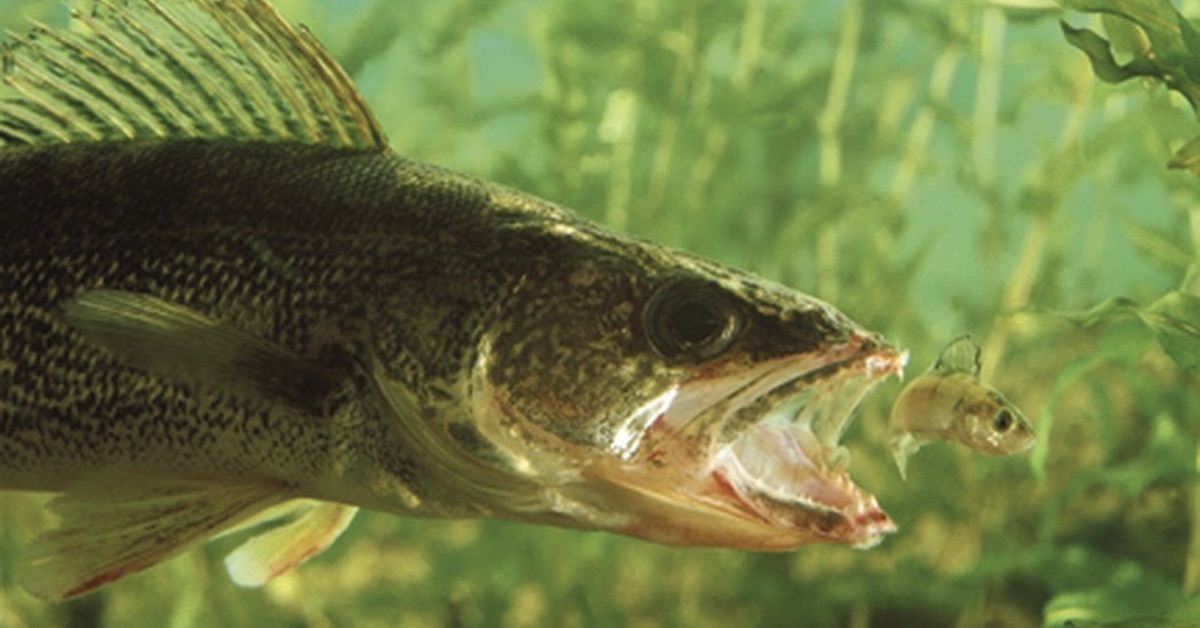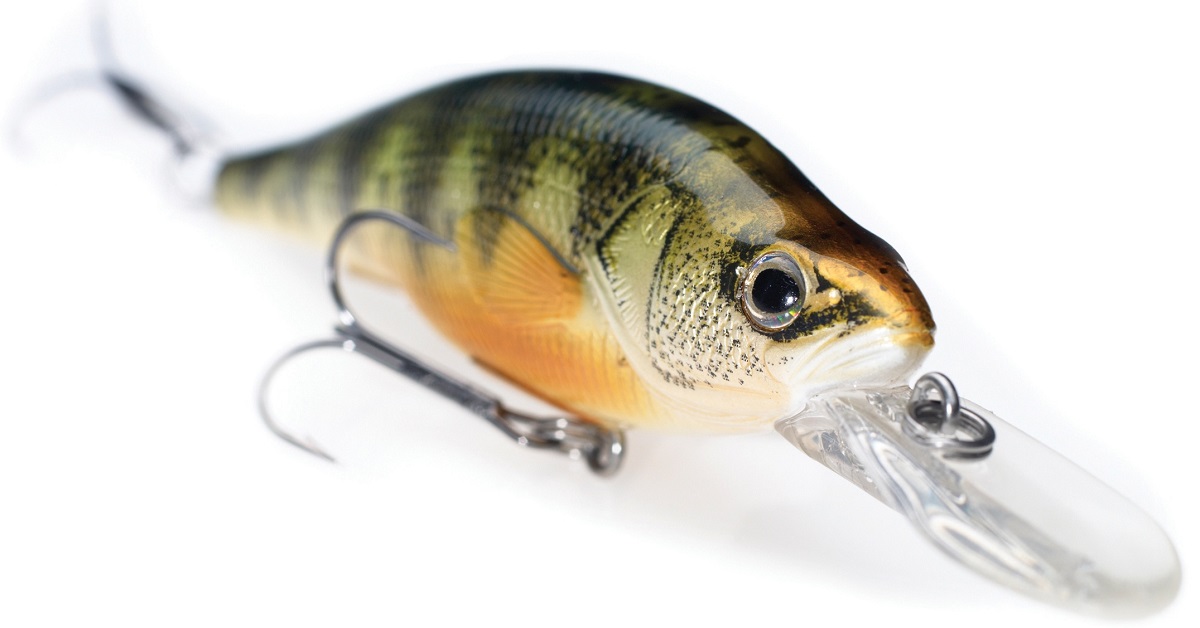Walleye Fishing Tips – How to Use Walleye Lures – Crankbaits
Over the past years, crankbaits have become very popular walleye lures for one reason: they catch a lot of big fish.
Sounds simple enough, right?
On one hand it is. On another, you’ll be be much more successful if you know how to use the fishing lure properly.
Making crankbaits work means understanding a few things about how they are hunted by hungry (but often finicky) walleye.
There are two major categories of crankbaits you should consider:
Rollers and Wobblers
– A crankbait with the line-attaching eye in the nose is called a “roller.” Rollers run shallower and move in a side-to-side rolling motion that requires a greater speed to be effective.
– A “wobbler” has the line-attaching eye in the lip instead of the nose. Wobblers are lures that run deeper and have a wider, zig-zag motion that can be achieved at slower speeds. A general rule of thumb is the larger the lip, the deeper your walleye lure will dive.
Crankbait Depth
Depth is a critical factor when fishing if you are planning on catching walleye.
They will generally attack their prey from behind and below, so if you’re missing the “strike zone,” you’re chances are instantly reduced to long-shot luck.
If you can find the right depth, luck has nothing to do with it. Aim to put your lure just above the walleye and you’ll catch more fish.
Fishing line diameter plays a role in depth as well.
Fishing Line Thickness
A thicker fishing line will run shallower, thinner will run deeper. This can be a consistent way to control how deep your walleye lure is diving.
A common rule is that for every fishing line size decrease, your walleye lure should run about one foot deeper.
By using a lead core or super line, you can get virtually any crankbait to dive to a specific depth. This method allows you to keep shallower crankbaits on as you move into deeper water.
This is a good option for lake or reservoir fishing where you’ll be dealing with a variety of depths.

When trolling, make sure you have at least 100 feet of line out to ensure proper depth. A good speed in general is around 2 mph, though your rollers will be more effective a little faster.
If you are fishing on a larger lake or reservoir, stickbaits are proven walleye lures.
On rivers, try a shad-style walleye bait first. Water conditions should help determine your fishing lure selection. In clearer water, use more natural colors.
In murky water or at night, experiment with brighter colors.
Walleye use most of their senses to hunt, but their main method is by “feel” through their lateral line.
Many of the newest fishing products on the market focus on vibration and water displacement that trigger this natural instinct.
Crankbaits with rattles are also a new innovation in the fishing industry that has been proving very successful.
Rattles incorporate another sense, that of sound, which make them that much more effective-especially in situations with low visibility.
Your fishing success is something of a simple math equation.
It should not feel like a gamble.
If you can put the right walleye lure in the right position, you will catch fish every time.
The more fishing knowledge you carry with you the better. And by better I only mean more fun.
Curated From Here


